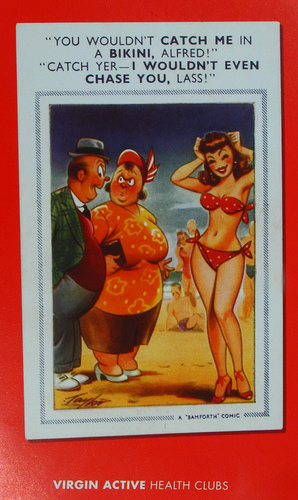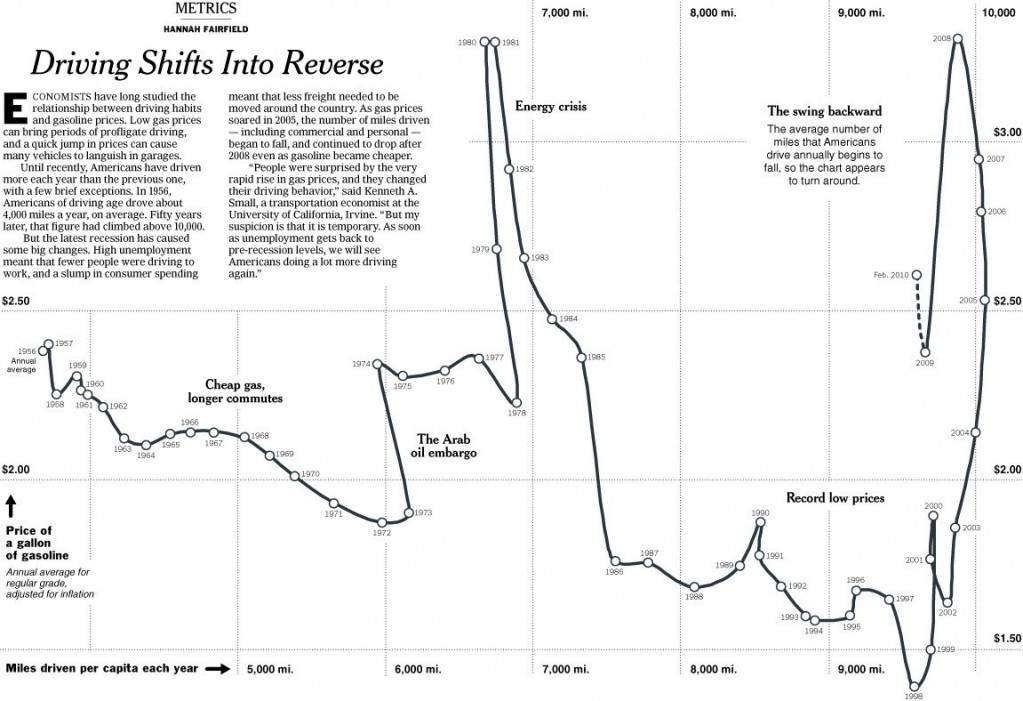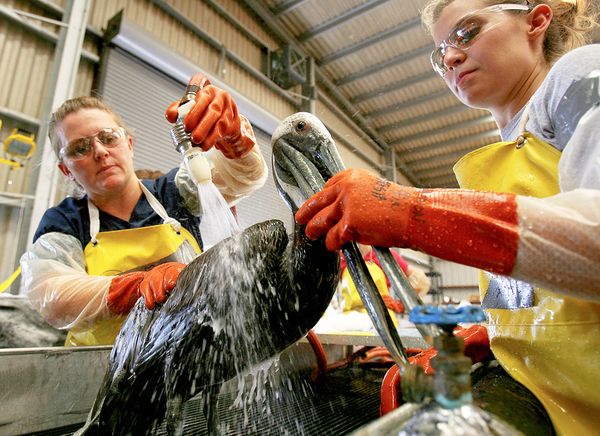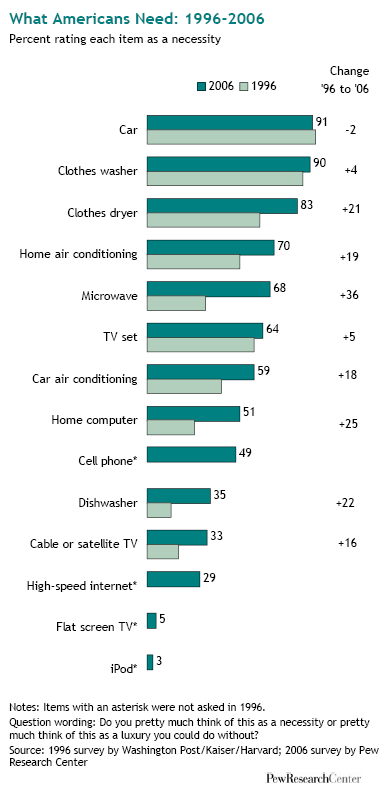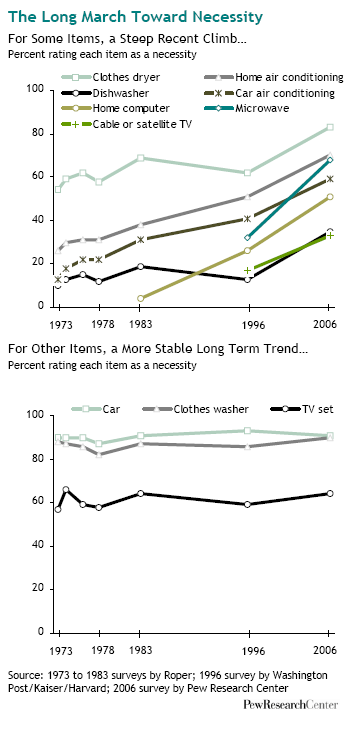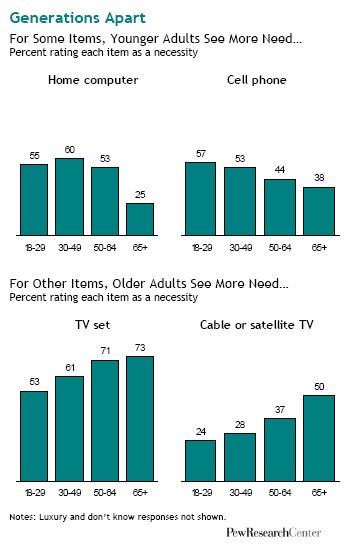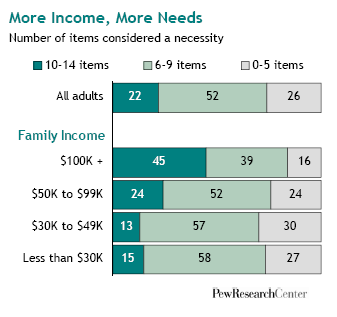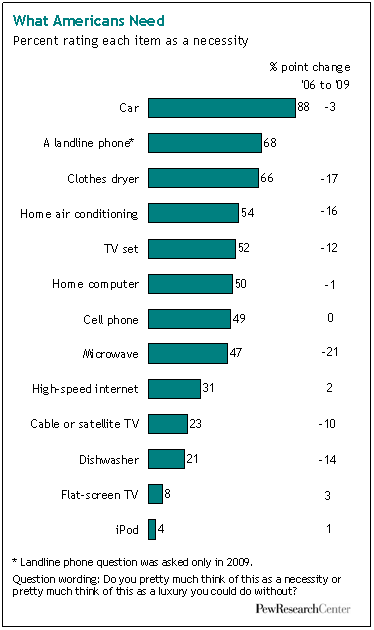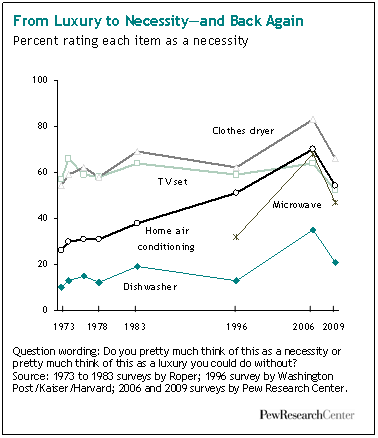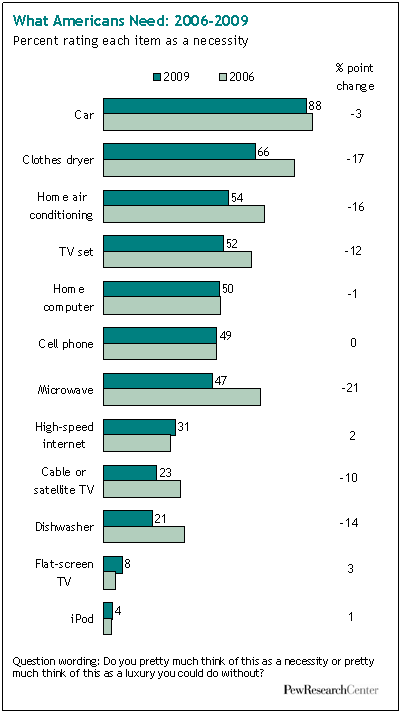Vintage ad?
Nope. This ad for Virgin Active Health Clubs arrived in D’s mailbox this very month.
Credit: “D & T” of “Wish I Were Baking” at Flickr.
Lisa Wade, PhD is an Associate Professor at Tulane University. She is the author of American Hookup, a book about college sexual culture; a textbook about gender; and a forthcoming introductory text: Terrible Magnificent Sociology. You can follow her on Twitter and Instagram.

